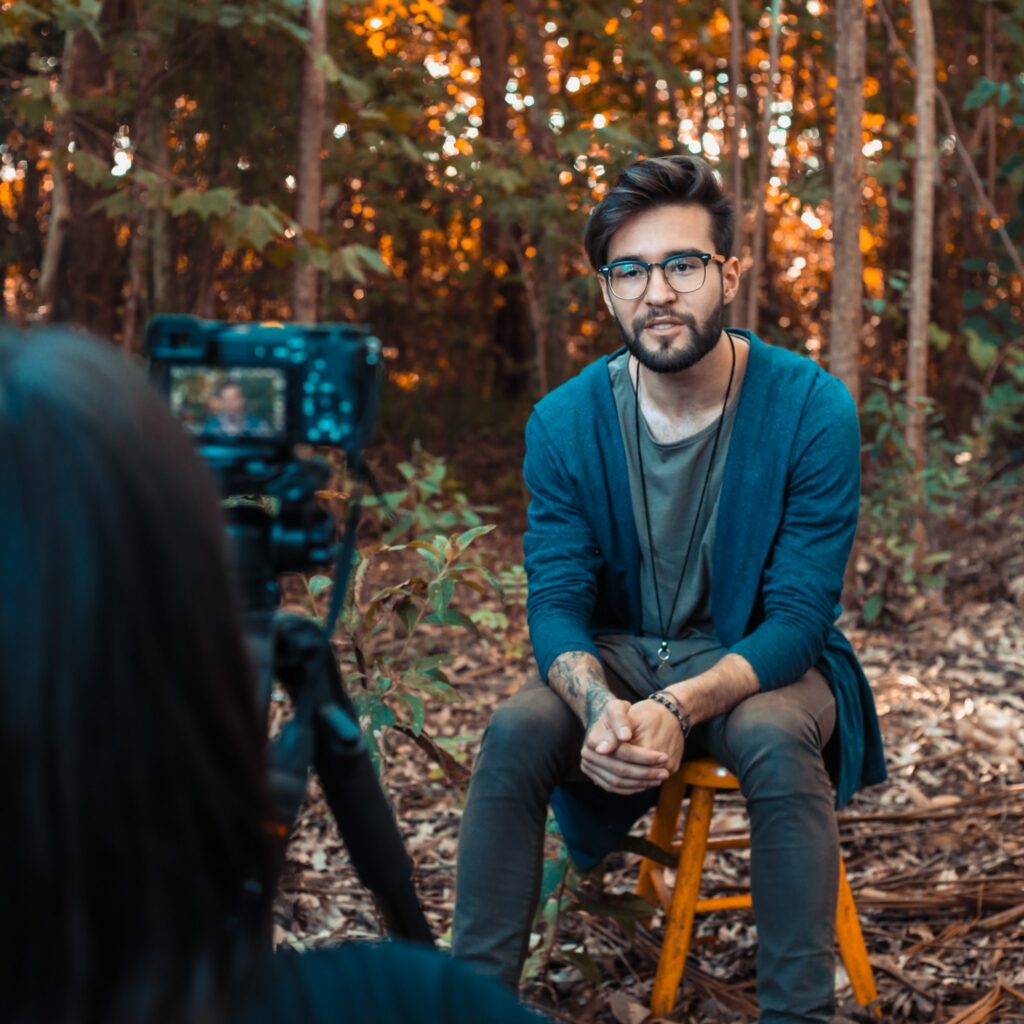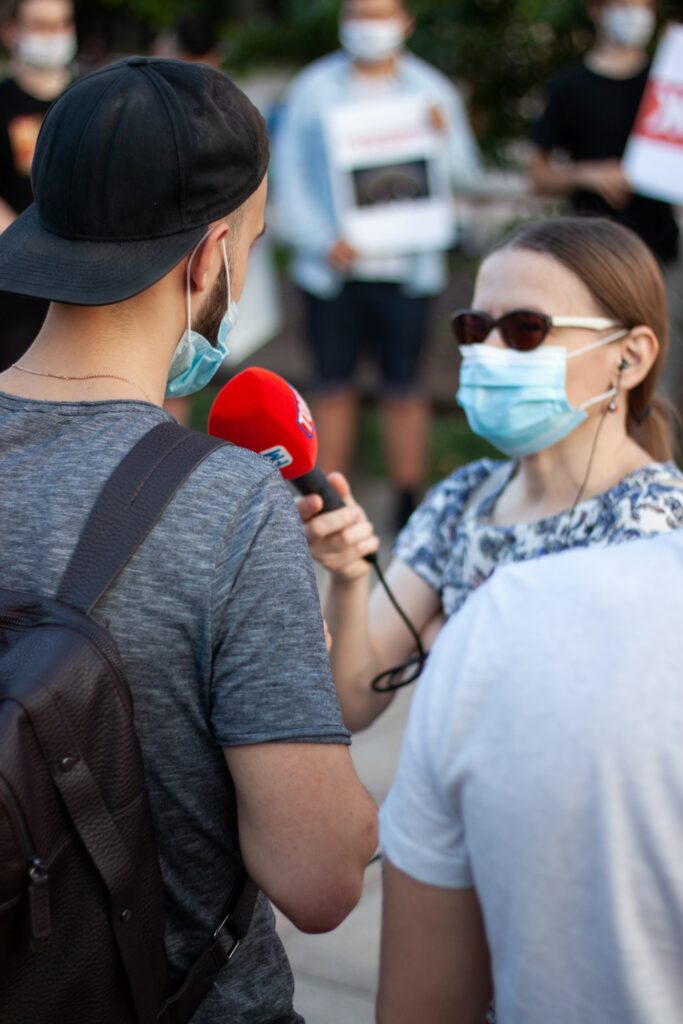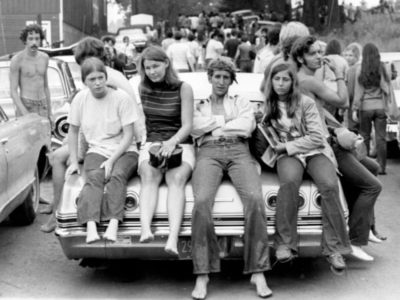Interested in discovering journalism at Penn State? The Bellisario College of Communications offers three options for journalism studies: broadcast, photojournalism and digital and print. Professors are prestigious and willing to help you succeed. No matter what field you study, you will gain solid training. But try taking different classes to gain skills in print writing, audio reporting and photography.
Here’s the Top 10 Journalism Classes to Take at Penn State University:
1. COMM 271 (Principles of Journalism)

If you are interested in discovering the development of today’s journalistic industry, principles of journalism is your best choice. It is a prescribed class for a journalism major or minor. In this class, you learn about different kinds of news like print, television, radio, photojournalism and more. You also learn basic ethics and intellectual rights knowledge to protect yourself. What inspired me most was the rapid change of journalism, which we learned by exploring crowdsourcing, data visualization and how to report long-form or breaking news coverage from classic journalism examples.
I took this class in my first Penn State undergrad semester in 2020. Though six exams sound horrible, the professor offered many extra credit opportunities and you just need to review class notes, finish World in Conversation (a platform to discuss with other students) and weekly Packback questions. Another journalism professor is teaching this class, so the structure might vary. However, it is the most important class for you to discover journalism.
2. COMM 269 (Photojournalism)

No matter what kind of journalist you aspire to be, you will need to take photos. In the photojournalism class, you learn basic manual photography skills like how to set up your aperture, shutter speed, ISO, choose your depth of field and shoot A-rolls and B-rolls for video stories. You need to take portraits, depth of fields, sports actions and features, photos with flashlight, quality of light (portraits with the soft light during sunrise and dawn) video stories and a final project. You will become a great photographer after finishing this class.
If you plan to find story ideas in nearby large cities like Philadelphia or New York, don’t worry about finding story topics in the small town. It is a class to break out of your comfort zones. Check your town calendar to find events, go to sports stadiums to take photos and ask people for portraits on the street. You will discover many moving stories in this small town and become more outgoing when you ask people on the road for a photo. Also, there are no charges to rent a Nikon camera on campus.
3. COMM 160 (Basic News Writing Skills)

This could be the easiest COMM class at Penn State. It is a remote class and only for one credit. You learn about grammar, spelling and word usage and punctuation. No matter whether you want to be a journalist, you need to write an academic thesis. Basic writing skills help you improve your writing.
4. COMM 260W (News Writing and Reporting)

Compared to COMM 460W, COMM 260W is an entry-level but intense news writing class. In this class, you will learn about American Press (AP) style writing and cover news events like a speech, profile, obituary or street interviews (Man on the Street). It is the “foundation class” for journalism and public relations-major students. If you are interested in news writing, take this class.
5. COMM 460W (Reporting Methods)

Putting this class in the Top 10 series would be a little controversial, but this class is most helpful for journalism-major students. In this news writing class, you need to cover some night events and submit your news articles before midnight. You will be under mass deadline pressure, but those experiences will help you become a better journalist. You also need to pitch some story ideas and write stories. Asking people on the street for an interview is embarrassing and you might receive a few objections, but that is normal for journalists.
I took this class at first only for prescribed class requirements, but later I found my passion for news writing. You will feel the power of journalism and want to help construct a better world. It is a way to connect to your community. When I covered the mid-term election in Pennsylvania, many people who were eligible to vote did not vote, and the process of figuring out the reason was interesting. I later interviewed professors, school officials and our mayor and learned different views from them.
6. COMM 205 (Gender, diversity and the Media)

This is a 3-credit class fulfilling US/IL and Social & Behavioral Science (GS) for general education. In this class, you take only one mid-term and a final, weekly discussion and video analysis. Attendance is not required and the tests are easy if you study notes. During most class meetings, Professor Dumas reviews the slides and holds guest lectures. Though it is not the most interesting, you will learn much about the relationship between media and gender, race and diversity.
“If you are looking for a class that can provide comprehensive explorations of crucial topics in contemporary social trends, the development of critical thinking abilities, and a solid foundation for further study or professional pursuits in the media industry, don’t miss this class,” Penn State senior Xinran Zhang said.
Becoming a journalist requires you to be objective. In today’s “WeMedia” era, everyone can produce and spread information online to influence others. However, bias, disinformation and populism online harms the world. Since the Internet is the primary platform for the public to gain information and influence their view of the world, keeping a critical mind helps us learn about our world more accurately. In this class, you learn about the media’s impact on society and embrace equity and diversity.
7. COMM 197 (Special Topics, News Literacy Ambassador Institution)

This is a 1-credit class for ten weeks. During class meetings, you will discover how news is produced and how it is shared today. Anyone who competes in the course receives a certificate of “professional achievement in news media literacy,” becomes the official news literacy ambassador and is eligible to apply for internships and teach students. As a journalism student, I am committed to producing high-quality and objective news reports and helping the journalistic industry regain public trust. Figuring out how today’s news industry works helps me become more critical.
8. COMM 360 (Audio News Production)

Even though I am studying digital and print journalism, reporting in broadcast is more popular today. This is an entry radio reporting class for your broadcast journalism career. In this class, you will learn how to report for radio and television. You will also produce a newscast and become an anchor.
“It [COMM 360] made me really passionate about the major I chose, and I looked forward to going to that class every day,” Penn State junior Jaimie McCracken said.
I had a broadcast journalism internship before and learned a lot about shooting, editing videos and writing scripts for broadcast news coverage. Your news scripts should fit your video clips’ context and always meet each video clip’s duration limits. It is challenging but you will gain skills to tell stories with your camera. Becoming an anchor might make you nervous, but you will be more confident after letting yourself present in front of the camera. You will strengthen your broadcast reporting and become more social.
9. COMM 462 (Feature Writing)

I was always interested in feature stories. They are more flexible compared to traditional news writing which you need to follow the inverted-pyramid structure (presenting the most important first). Feature writing is like writing a novel by collecting details like your sources’ facial expressions and everyday life. Feature writing is more powerful as you feel the people in stories are normal and close to your life. It is a class that helps you become a powerful and detail-oriented storyteller.
One of the reasons journalism has a strong power in society is by using details to tell stories. Yunjie Zhao, a journalism-major student who graduated in 2022 from Penn State, mentioned that the class was inclusive as you can pick story ideas you like. Zhao also appreciated Professor Boaz Dvir for providing helpful writing advice. In one semester, you need to complete three main essays. It is a class to learn about writing “human interest articles” for newspapers and magazines, according to the College of Communications.
10. COMM 474 (Depth Reporting)

You must apply for the depth reporting class. I found my passion for in-depth reporting from my reporting methods class final project in discovering the low turnout rate of the youth in midterm elections. Telling people reasons for social issues gave me a sense of achievement because in-depth reporting encourages social discussions and helps construct a better society. You will work with your cohorts to investigate in-depth topics and finish long-form news reports with a multimedia or investigative project. Also, you will learn about how to write profiles to sharpen your “narrative-driven work.”
Taking journalism classes builds up your foundation but practice helps you construct your mansion.
To sharpen your news writing, apply to student organizations where you can practice news reporting and gain strong portfolios. If you are interested in print journalism, join The Daily Collegian, our college student-run newspaper. If you like using cameras in broadcast reporting, COMMRadio, COMMAgency and WPSU are your choices. Or, if you want to prepare for your future career, apply for internships or entry-level jobs and let yourself exposes to the frontline newsroom atmosphere to gain reporting experiences.



















